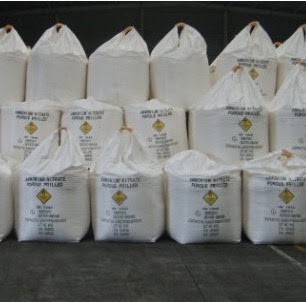Improve efficiency and productivity with drilling fluids
Drilling fluids serve many functions: controlling formation pressures, removing cuttings from the wellbore, sealing permeable formations encountered while drilling, cooling and lubricating the bit, transmitting hydraulic energy to downhole tools and the bit, and, perhaps most important, maintaining wellbore stability and well control.
Often referred to as mud, drilling fluid was introduced around 1913 for subsurface pressure control. The 1920s and ’30s saw the birth of the first US companies specializing in the distribution, development, and engineering of drilling fluids and components. In the decades that followed, drilling fluid companies introduced developments in chemistry, measurement, and process engineering that led to significant improvements in drilling efficiency and well productivity.
Engineers design drilling fluids to control subsurface pressures, mitigate formation damage, minimize the potential for lost circulation, control erosion of the borehole, and optimize drilling parameters such as penetration rate and hole cleaning. In addition, because a large percentage of modern wellbores are highly deviated, drilling fluid systems must help manage hole cleaning and stability challenges that are specific to these wells.
Drilling fluids defined
“Defining Drilling Fluids,” the ninth in a series of introductory articles by the Oilfield Review, provides a concise overview of drilling fluid systems.
Whether you are new to the industry or just looking to review the basics, this short article is a resource for understanding the fundamental concepts around drilling fluids in the E&P industry.
